New York’s Other Hopelessly Corrupt Candidate
He trades on his hometown’s “progressive” credentials but made NYC’s inequality issues worse—as he’d do on a national scale.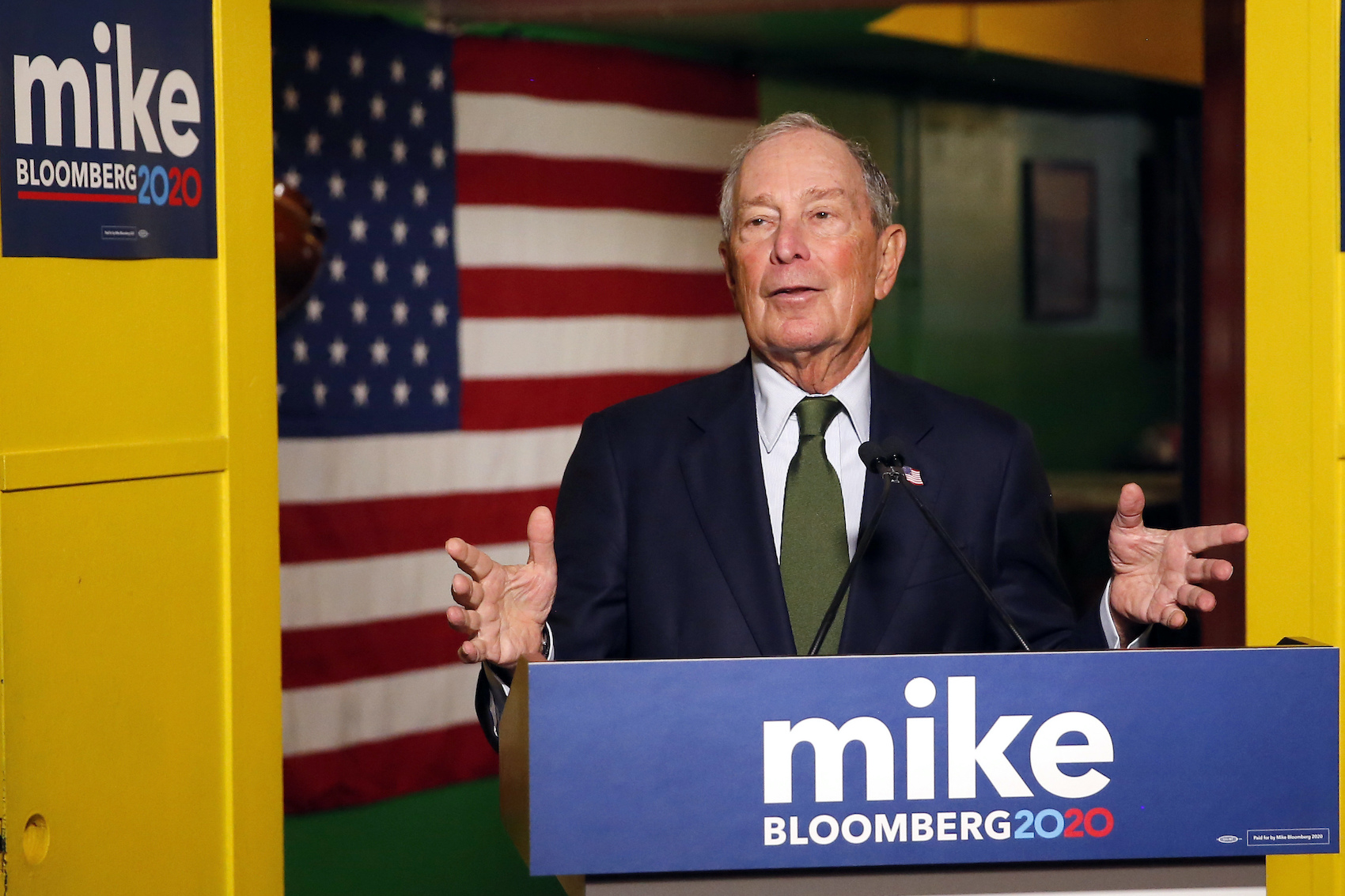 Former New York City mayor turned 2020 Democratic presidential candidate Michael Bloomberg campaigns in Phoenix, Ariz., in November. (Rick Scuteri / AP)
Former New York City mayor turned 2020 Democratic presidential candidate Michael Bloomberg campaigns in Phoenix, Ariz., in November. (Rick Scuteri / AP)
For better or worse, New York City has produced some of the biggest names in contemporary U.S. politics. From President Donald Trump and his conspirator-in-corruption Rudy Giuliani, all the way to Rep. Alexandria Ocasio-Cortez and Sen. Bernie Sanders (the latter has spent most of his life in Vermont, of course, but is a New Yorker to the core), politicians from across the political aisle have hailed from the Big Apple.
And if there is one American city in this moment that can help us understand (and forecast) general trends in U.S. politics, it is New York.
The state’s notorious culture of corruption, for example, provides some insight into the deep-seated rot in Trump’s camp. As Jeet Heer put it in The New Republic last year, “It’s impossible to understand why Trump’s administration has been so scandal-wracked without appreciating where he comes from.” Heer calls New York “the most politically toxic place in America,” and in terms of corruption, this is undoubtedly true. A PolitiFact analysis from 2016 documented that between 2006 and 2015, the state endured 28 corruption scandals involving public officials, followed by Pennsylvania in second place with 24 corruption cases and New Jersey with 12 cases.
Going back at least three decades, New York has been home to the most corrupt officials of any state in the union. Of course, Trump has been one of the city’s most prominent figures throughout this period. The president epitomizes the sleazy amorality of New York’s elite, and rather than “draining the swamp,” he has brought the corrupt style of New York politics to Washington, turning the D.C. swamp into a giant sewer.
As if there weren’t already enough New York elites currently inhabiting Washington, Michael Bloomberg, Rudy Giuliani’s successor as mayor (and the richest man in New York), recently announced that he would be jumping into the Democratic primaries. Bloomberg entered the running just two months after the current mayor, Bill de Blasio, dropped out of the race.
Billionaire Bloomberg launched his campaign with the largest ad buy in history, spending a ridiculous $31 million on television ads in one week. On his campaign website, he played up his “unique set of experiences in business, government, and philanthropy,” calling himself a “doer and a problem solver” rather than a talker. “I’ve spent my career bringing people together to tackle big problems – and fix them,” his campaign statement continued, declaring that this has served him well in business and in running the country’s “largest, most progressive city.”
Calling New York the “most progressive city” in America is certainly a bold claim for a city that has been consistently ranked as one of the most unequal places in the country, but this reveals a lot about the kind of politics that passes for “progressive” these days in many top Democratic circles. As of 2018, New York boasted the highest concentration of billionaires in the world, with more than 100 living in the city, and for a neoliberal Democrat like Bloomberg, this is a sign of genuine progress.
“If we could get every billionaire around the world to move here, it would be a godsend that would create a much bigger income gap,” declared Bloomberg in 2013 during his final year as the city’s mayor. (Earlier, he had even mused about luring “all the Russian billionaires” to move to the city, which isn’t an opinion that would fly in today’s Democratic Party).
Twenty-first-century New York is a city of haves and have-nots. During Bloomberg’s tenure as mayor, the former thrived while the latter were effectively excluded from the city’s growing prosperity. This was especially true for poor people of color, who suffered disproportionately under the mayor’s expansion of the racist stop-and-frisk policy.
Under Bloomberg, median rents in New York City skyrocketed while average incomes stagnated, and by the end of his third term, the homeless population had reached its highest level since the Great Depression. Overall, the three-term mayor’s reign was great for New York’s billionaires, millionaires and professional elites. For poor and working-class New Yorkers, “prosperity” and “progress” often meant being forced out of their neighborhoods due to gentrification.
While things have improved slightly in the five years since Bill de Blasio succeeded Bloomberg, class distinctions and disparities in wealth continue to divide New York into two cities. Today, the top 1% of earners take home 40% of the city’s income, while one in five New Yorkers lives in poverty. Fourteen percent of the United States’ homeless population lives in New York City, and a devastating report released last month revealed that 10% of public school students in the city are homeless (a 70% increase over the past decade).
Another study, from UC Berkeley, found that in 2016, over one-third of low-income households lived in neighborhoods “at risk of or already experiencing displacement and gentrification pressures.” Gentrification, the researchers note, is creating “islands of exclusion” throughout the boroughs of Manhattan, Brooklyn and Queens.
In a brillient essay published last year in Harper’s, Kevin Baker observed that New York City is “approaching a state where it is no longer a significant cultural entity but the world’s largest gated community, with a few cupcake shops here and there.” For wealthy liberals like Mike Bloomberg and his Democratic (and perhaps some Republican) supporters on Wall Street, this is progress.
On the surface, New York is a liberal utopia: diverse, tolerant, innovative, socially progressive, and so on. But this is an exclusionary utopia, and much like the great infrastructure projects that Robert Moses oversaw in the mid-20th century, which by design destroyed working class communities and solidified racial segregation, the city’s development has exacted a high cost from the lower classes.
One of Moses’ greatest accomplishments was convincing everyone that his projects were the product of historical destiny. As the late urban theorist Marshall Berman put it, to “oppose his bridges, tunnels, expressways, housing developments, power dams, stadia, cultural centers, was — or so it seemed — to oppose history, progress, modernity itself. And few people, especially in New York, were prepared to do that.”
Today, neoliberal Democrats like Bloomberg (and virtually every Silicon Valley billionaire) see themselves as the new harbingers of progress. Those who stand in the way of their vision—whether they are poor minority families who can no longer afford to live in their own communities or factory workers losing their jobs in Michigan to automation and/or outsourcing—deserve very little sympathy. It is up to them to adapt and equip themselves with the education they need to survive.
To these wealthy visionaries, the grassroots opposition that mobilized earlier this year against Amazon opening one of its headquarters in Long Island City was both irrational and futile, a kind of neo-Luddite resistance to the inevitable tide of progress.
“The urban crisis of affluence,” Baker remarks in his Harper’s essay, “exemplifies our wider crisis: we now live in an America where we believe that we no longer have any ability to control the systems we live under.” Neoliberals not only accept this notion but are convinced that our current system is the best and needs only a few minor adjustments. On the other hand, left-wing progressives like Rep. Alexandria Ocasio-Cortez, who helped lead the successful fight against Amazon, increasingly oppose this conservative vision of progress. Instead, they advocate radical alternatives to the status quo.
Contemporary New York City politics presents a microcosm for the current divide in the Democratic Party. Though New York has always had its share of corruption and injustice, it has also been, as Heer points out in his article, “a hotbed of political reform.” While New York has given us corrupt reactionaries like Donald Trump and neoliberal elites like Bloomberg, it has also become the epicenter of the progressive revolt against both of these forces.
AOC, who endorsed Bernie Sanders during a rally in Queens last October, took on the notorious Queens Democratic Party machine last year and defeated the most powerful man in Queens County politics, showing that it was entirely possible for grassroots movements to challenge the establishment and win.
Bloomberg, who was a registered Republican for half of his mayoral career, wants to prevent the progressive revolt that is currently brewing in his own city from going national. In his heart, he would probably prefer another four years of President Trump over a President Sanders. No matter their differences, then, it seems the New York elite—and the American elite in general—will always have each other’s back when a real threat to their power presents itself.
Your support is crucial...As we navigate an uncertain 2025, with a new administration questioning press freedoms, the risks are clear: our ability to report freely is under threat.
Your tax-deductible donation enables us to dig deeper, delivering fearless investigative reporting and analysis that exposes the reality beneath the headlines — without compromise.
Now is the time to take action. Stand with our courageous journalists. Donate today to protect a free press, uphold democracy and uncover the stories that need to be told.
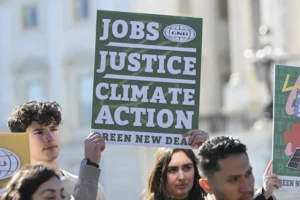

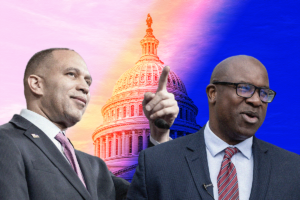
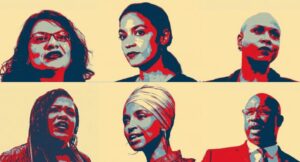
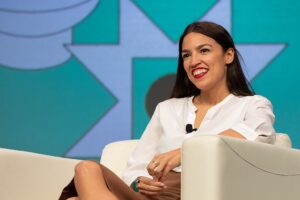
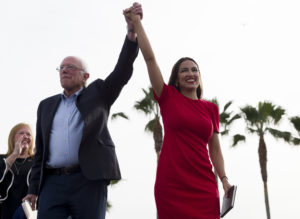
You need to be a supporter to comment.
There are currently no responses to this article.
Be the first to respond.